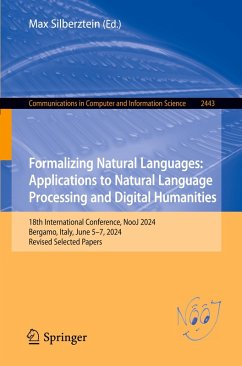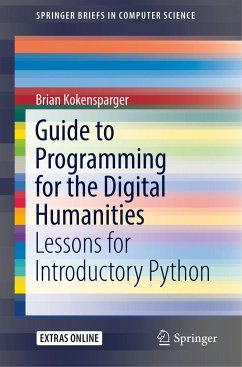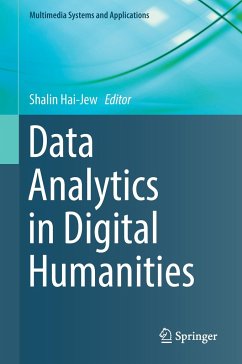
Digital Humanities
History and Development
Versandkostenfrei!
Versandfertig in über 4 Wochen
158,99 €
inkl. MwSt.
Weitere Ausgaben:

PAYBACK Punkte
79 °P sammeln!
Where do the digital humanities really come from? Are they really news? What are the theoretical and technical influences that participate in this scientific field that arouses interest and questions? This book tries to show and explain the main theories and methods that have allowed their current constitution. The aim of the book is to propose a new way to understand the history of digital humanities in a broader perspective than the classic history with the project of Robert Busa. The short digital humanities perspective neglects lots of actors and disciplines. The book tries to show the imp...
Where do the digital humanities really come from? Are they really news? What are the theoretical and technical influences that participate in this scientific field that arouses interest and questions? This book tries to show and explain the main theories and methods that have allowed their current constitution. The aim of the book is to propose a new way to understand the history of digital humanities in a broader perspective than the classic history with the project of Robert Busa. The short digital humanities perspective neglects lots of actors and disciplines. The book tries to show the importance of other fields than humanities computing like scientometry, infometry, econometry, mathematical linguistics, geography and documentation.













